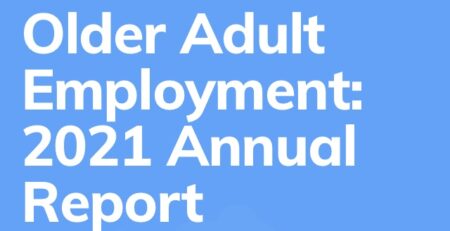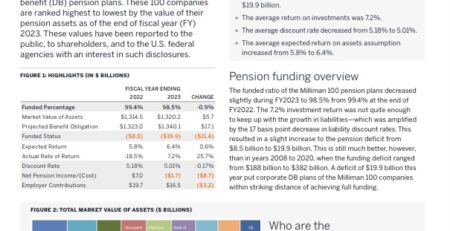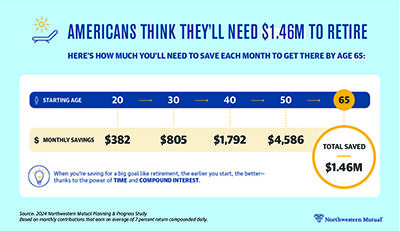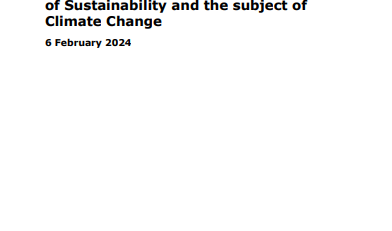The Missing Middle. How Tax Incentives for Retirement Savings Leave Middle-Class Families Behind
By Tyler Bond and & Doonan
Saving for retirement is one of the biggest financial challenges most working Americans will face. While the vast majority will participate in Social Security, most will have less than half of their income replaced by Social Security in retirement. Therefore, many workers also will need to save for retirement through other plans, such as an employer-provided defined benefit pension plan or 401(k) plan, or on their own through an Individual Retirement Account (IRA). Congress has established a number of tax incentives to encourage saving for retirement through these plans. However, due to the structure of the tax code, uneven levels of retirement plan participation, and the growth of income inequality, many of the benefits of these tax incentives accrue to high-income earners.
The middle class is left behind by the retirement savings system in key ways. Social Security replacement rates are too low for middle-class families to maintain their standard of living in retirement, but many middle-class households don’t reach the level of income and savings needed to truly benefit from the tax incentives for individual savings. This means the middle class too often is missing out in terms of benefiting from various retirement savings programs.
This report from the National Institute on Retirement Security (NIRS) documents how the current tax incentives fail to promote adequate retirement security for the middle class. It considers the impact of factors including marginal tax rates, retirement plan participation, and income distribution on retirement saving levels. Finally, this research discusses potential solutions that could enhance retirement security for the many working families left behind by existing programs.
Get the book here
239 views










